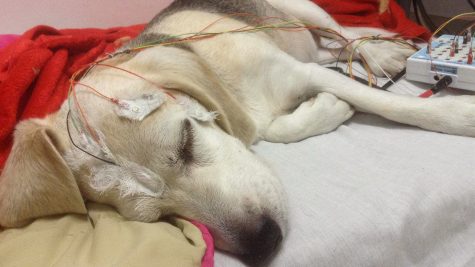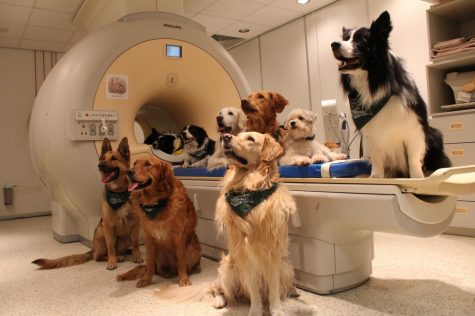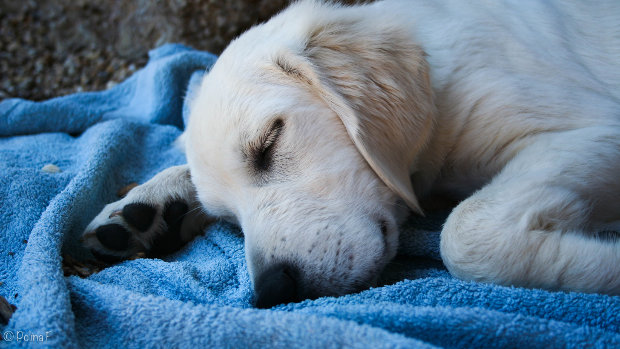Do dogs dream?
Many people may ask the question, “Do dogs have dreams?” It generates a great amount of curiosity in one’s mind. “Many people believe that dogs do dream. Most dog owners notice that at times during their sleep, dogs may quiver, make leg twitches, or even growl or snap at some sleep-created phantom, giving the impression that they are in a state of dreaming,” said Dr. Stanley Coren, a psychology professor, neuropsychological researcher and writer on the intelligence, mental abilities, and history of dogs at the University of British Columbia.
Learning about this mysterious brain activity in dogs not only teaches us about the way their brains function, but we can also apply it to other animals and even humans down the road. Considering our brain structure is similar to that of a dog, we can learn a great deal about ourselves by observing them.
Studies try to better understand this phenomenon. The finding that rats dream is a good indication that dreaming is common across mammals. Studies in which researchers deactivate the pons for a short period of time allow them to see these dreams. When the pons gets shut off, dogs start to act out their dreams. This is known as REM Sleep Disorder in humans.

Dr. Stanley Coren stated, “At the structural level, the brains of dogs are similar to those of humans.”
It is said that dogs dream about actions such as barking at another dog or chasing after a ball. They tend to dream about daily activities, much like humans do.
“The eyes are moving because the dog is actually looking at the dream images as if they were real images of the world,” said Stanley Coren.
It is likely that most dog owners notice their pet moving around or kicking its legs while sleeping. In addition, they could notice their furry friend making noises, almost as if attempting to bark at something.
“Watch them beginning about 10 to 20 minutes after they fall asleep. If you can see their eyes moving behind their eyelids, they’ve begun to dream,” stated Dr. Stanley Coren.
For Matt Wilson, a neuroscientist who studies memory and learning at the Massachusetts Institute of Technology, there is no question that many animals dream.
“So the animal was quite literally seeing what it was replaying from memory. For me, that constitutes the necessary ingredients for referring to this as the equivalent of dreaming in animals. They are experiencing things and they are also perceiving what those experiences were,” said Matt.

Like us, dogs and other animals go through several sleep cycles. There are periods of wakefulness, followed by Rapid Eye Movement (REM) sleep, and non-rapid-eye-movement sleep. REM sleep is the period responsible for the most memorable and vivid dreams and researchers believe it to be a part of how the body processes memory. Scientists can track these cycles and associated brain activity using specialized equipment. (Anna Burke)
Regardless, there is some comfort in believing that they, like us, have dreams that play out in their sleep, making us more alike than different.

Ryleigh is a senior at Jenison High School. She enjoys traveling, babysitting, and meeting new people! She has participated in multiple sports including...





